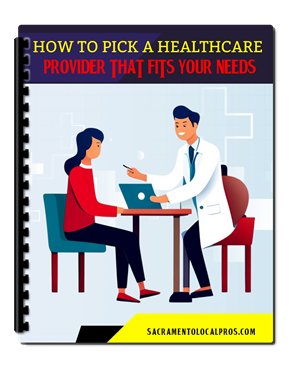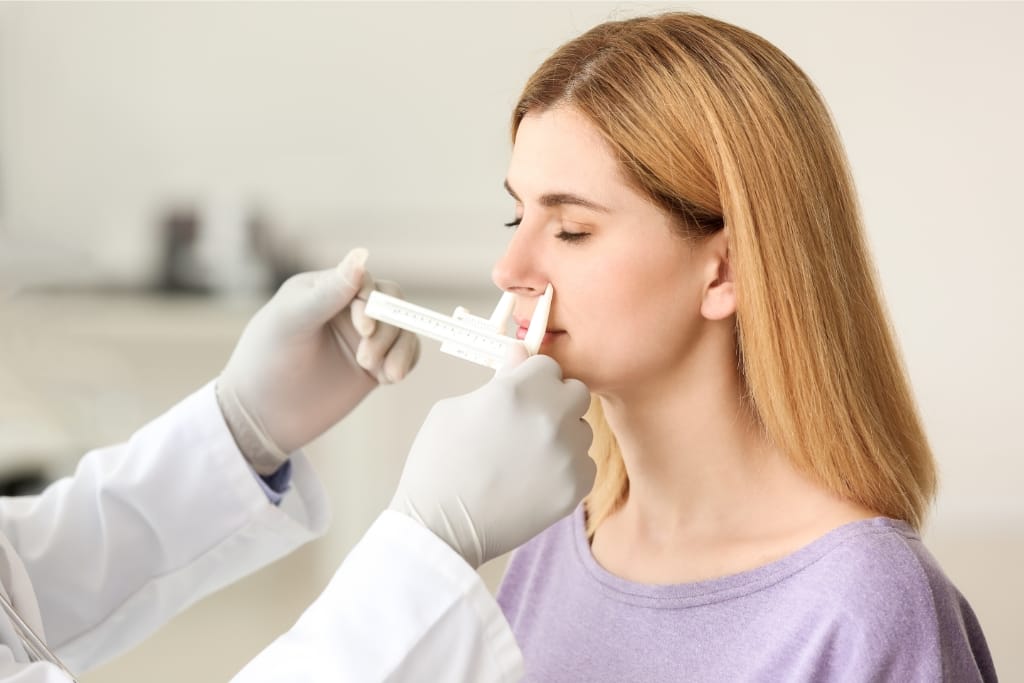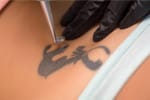Preparing for a rhinoplasty consultation can be an empowering journey towards achieving your desired aesthetic goals.
Whether you're considering this procedure for functional or cosmetic reasons, understanding the preparation process is crucial.
Knowing what to expect and how to prepare can help ensure a productive consultation with your surgeon.
Discover the essential steps to take so you can confidently move forward with your rhinoplasty journey.
1)) Research Your Surgeon And Facility
Choosing the right surgeon and facility is the foundation of a successful rhinoplasty experience.
Start by seeking board-certified surgeons with extensive experience and positive patient reviews.
Verify their credentials, training, and specialization in nasal procedures. It’s also crucial to visit the facility where the surgery will take place; ensure it is accredited and equipped with the latest technology.
During your initial research, schedule consultations with multiple surgeons if necessary, so you can compare their expertise and the rapport you develop.
This step not only sets the stage for informed decision-making but also provides peace of mind knowing that you've chosen a qualified professional and a top-notch facility to handle your rhinoplasty.
2)) Prepare Questions And Concerns
Taking the time to prepare questions and concerns will significantly enhance your rhinoplasty consultation, allowing you to address any uncertainties and gain a comprehensive understanding of the procedure.
Begin by listing your expectations, desired results, and any aspects of your nasal structure that you are concerned about.
Consider asking about the surgeon’s experience with your specific type of nose, potential risks, recovery time, and what the postoperative care entails.
Don’t forget to inquire about the cost, insurance options, and available payment plans.
By confidently bringing these questions to your consultation, you ensure that all your doubts are addressed and that you fully comprehend the process ahead.
Actively participating in this dialogue with your surgeon empowers you to make informed choices about your rhinoplasty journey.
3)) Gather Your Medical History
Compiling your detailed medical history is an essential step in preparing for your rhinoplasty consultation, as it provides the surgeon with vital information necessary to optimize your procedure.
Begin by collecting records of past surgeries, current medications, allergies, and any chronic conditions you may have.
Be thorough in your documentation, as any overlooked detail could impact both the surgical process and your recovery.
Inform your surgeon of your lifestyle factors such as smoking or alcohol consumption, which can influence anesthesia and healing.
Providing comprehensive medical information not only ensures your safety during the procedure but also allows the surgeon to tailor the surgery with your health in mind.
By being proactive in supplying your medical history, you lay the groundwork for a personalized and informed rhinoplasty experience.
4)) Set Realistic Expectations
While considering rhinoplasty, it's essential to set realistic expectations to ensure satisfaction with the outcome.
Begin by understanding the anatomical limitations and possibilities of your nose, as well as the surgeon's ability to enhance it within natural parameters.
Discuss your goals openly with your surgeon, taking into account their expert opinion on what changes can reasonably be achieved.
Remember that rhinoplasty can refine and improve the appearance of your nose, but it may not deliver absolute perfection or completely transform your facial identity.
Patience during the healing process is crucial, as the final results may take time to become apparent.
By maintaining realistic expectations, you will be better prepared for a successful rhinoplasty journey that aligns with your aesthetic aspirations and overall facial harmony.
5)) Plan For Recovery And Post-Operative Care
A comprehensive plan for recovery and post-operative care is crucial to achieving optimal results following rhinoplasty.
Start by arranging time off work and organizing a support system of family or friends to assist you in the first few days after surgery.
Make sure your home is prepared with comfortable resting areas and stocked with necessary supplies such as ice packs, prescribed medications, and easy-to-prepare meals.
Following the surgeon's aftercare instructions is vital to minimize swelling, reduce discomfort, and prevent complications.
Attending follow-up appointments allows the surgeon to monitor your progress and address any concerns that may arise.
Diligently planning your recovery not only facilitates a smooth healing process but also contributes to achieving the best possible outcome from your rhinoplasty.
Conclusion
Embarking on the rhinoplasty journey involves thorough preparation and informed decision-making, which together lay the foundation for a rewarding experience.
By diligently researching and selecting qualified surgeons, preparing insightful questions for consultations, and gathering comprehensive medical history, individuals equip themselves to make informed decisions.
Setting realistic expectations and meticulously planning for recovery further enhance the likelihood of achieving desired results.
Each step contributes to a smoother and more satisfying surgical process, with the ultimate goal of harmonizing aesthetic self-improvement with safe, successful health outcomes.
With careful planning and collaboration with a skilled professional, patients can look forward to the transformative benefits of rhinoplasty, backed by confidence and peace of mind.
Download Our Free E-book!








